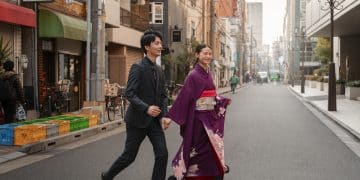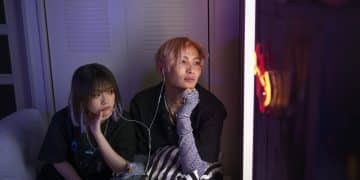8 RESONS WHY K-DRAMAS ARE SO ADDICTIVE
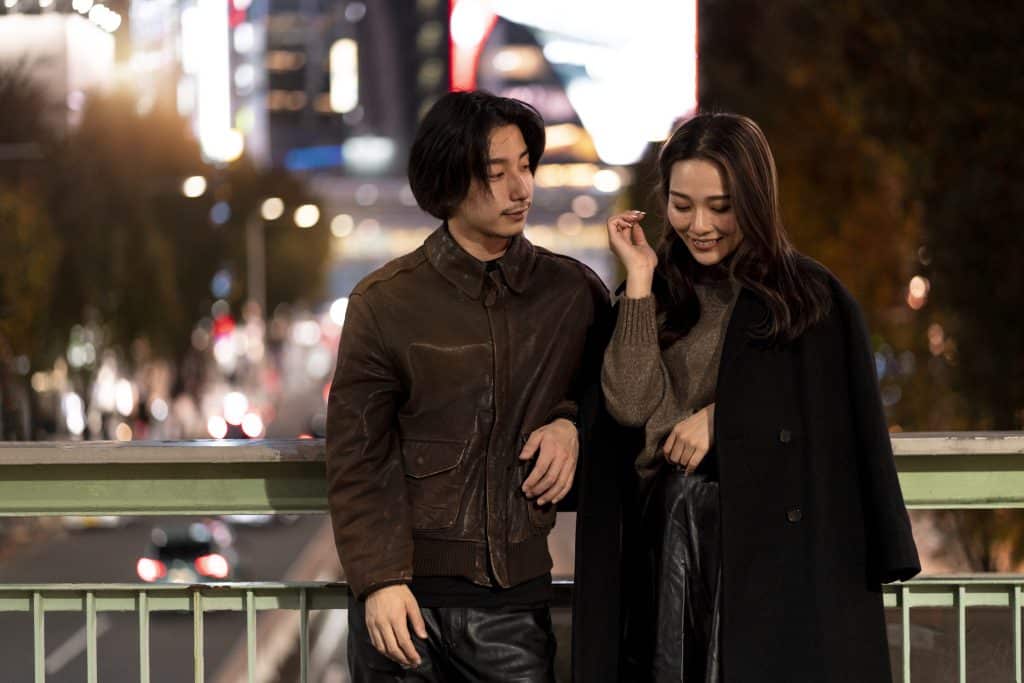
Why are K-Dramas so addictive? If you’ve ever told yourself “just one more episode” only to realize it’s 3 a.m., you’re not alone. Korean dramas have captured hearts around the world with their unique blend of emotionally charged storytelling, cinematic visuals, and unforgettable characters. From tear-jerking love stories to pulse-pounding thrillers, K-Dramas offer more than entertainment—they deliver a deeply immersive emotional experience that keeps viewers coming back for more.
But why K-Dramas are addictive isn’t just about cliffhangers and pretty faces. It’s rooted in cultural nuance, masterful pacing, and a distinct narrative rhythm that sets them apart from Western TV shows. In this post, we’ll explore what gives K-Dramas their irresistible pull—from the art of slow-burn romance to the way they reflect modern Korean society and values. Whether you’re a seasoned fan or new to the genre, this deep dive will uncover the emotional science behind their global appeal.
1. Deep Emotional Storytelling
One of the core reasons why K-Dramas are addictive lies in their unparalleled commitment to deep emotional storytelling. Korean dramas excel at tapping into the full spectrum of human emotion—love, heartbreak, jealousy, grief, joy, and redemption—without flinching from the complexity of these feelings. Instead of treating emotion as background noise, K-Dramas put it front and center, allowing characters (and viewers) to live through emotional highs and lows in real time.
These dramas often unfold like emotional journeys. Scenes are not just about advancing plot; they’re about revealing inner wounds, silent desires, and moral dilemmas. Pain is never glossed over, and healing is never instant. Viewers are encouraged to sit with discomfort, to feel hope slowly bloom, or to grieve the loss of a dream alongside the protagonist.
Moments of silence, long-held gazes, and small acts of kindness are deliberately used as emotional markers. A single tear rolling down a character’s cheek or a delayed reply in a quiet conversation can carry more weight than any dramatic monologue. This emotional pacing allows for immersion and catharsis—drawing the viewer into a heartfelt connection that feels real and lasting.
K-Dramas don’t just aim to entertain—they aim to move. They reflect the emotional reality of life in all its beauty and imperfection, which is why so many fans find them deeply comforting and profoundly addictive.
2. Relatable Characters with Rich Backstories
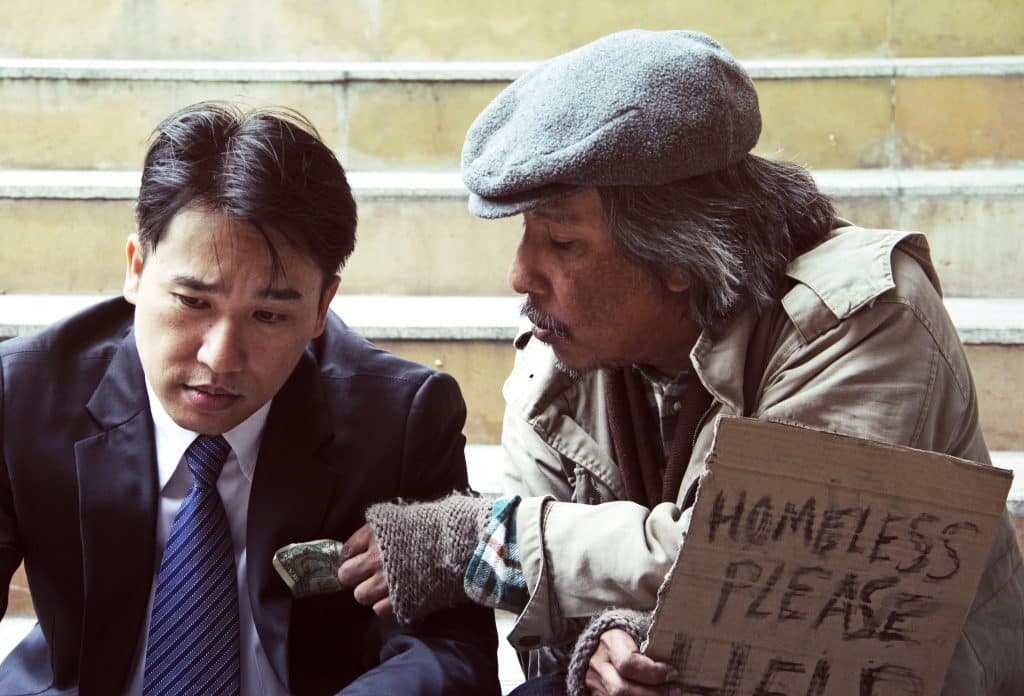
Another key element behind why K-Dramas are addictive is their focus on complex, relatable characters who grow and evolve over time. Unlike Western shows that often rely on exaggerated tropes or flashy personas, K-Dramas give us deeply human characters—flawed, layered, and emotionally vulnerable.
A cold, high-achieving CEO might be hiding a childhood scar that influences his emotional distance. A hardworking female lead may struggle with imposter syndrome despite her outward confidence. These backstories are not just filler—they’re essential pieces of each character’s puzzle, revealed gradually to help the audience understand their motivations and decisions.
This slow unraveling makes characters feel real and three-dimensional. Viewers don’t just watch their journeys—they invest in them. Watching a character overcome self-doubt, rebuild trust, or find their voice can be incredibly rewarding, not only because it feels earned, but because it often mirrors our own personal experiences.
K-Dramas also avoid painting characters as purely good or evil. Even antagonists are given depth and context, making their actions understandable, if not justifiable. This moral complexity makes the story richer and allows audiences to explore emotional gray areas alongside the characters.
Ultimately, the emotionally grounded and nuanced character development in K-Dramas fuels viewer attachment. You don’t just root for the characters—you feel like you know them. And that connection keeps you coming back, episode after episode.
3. Slow-Burn Romance That Pays Off
One of the most beloved trademarks of K-Dramas—and a major reason why K-Dramas are addictive—is their mastery of slow-burn romance. Instead of jumping straight into passionate declarations or rushed intimacy, K-Dramas take their time to build emotional connection and trust between characters. This gradual buildup creates a sense of longing that becomes almost palpable for viewers.
A simple glance held for a second too long, the shy offer of an umbrella in the rain, or the hesitant brushing of hands while walking—all these seemingly minor gestures are infused with emotional weight. Each moment is intentionally crafted to make the audience feel the unspoken tension between characters. This type of romance relies on restraint, subtlety, and emotional layering, which makes every step of the relationship feel earned.
Because the stakes are rooted in character growth rather than physical attraction, the eventual kiss or confession lands with far more emotional power. Fans don’t just watch these scenes—they feel them. This is what keeps viewers glued to the screen, episode after episode: the promise of emotional payoff, delivered through storytelling that respects pacing and emotional honesty.
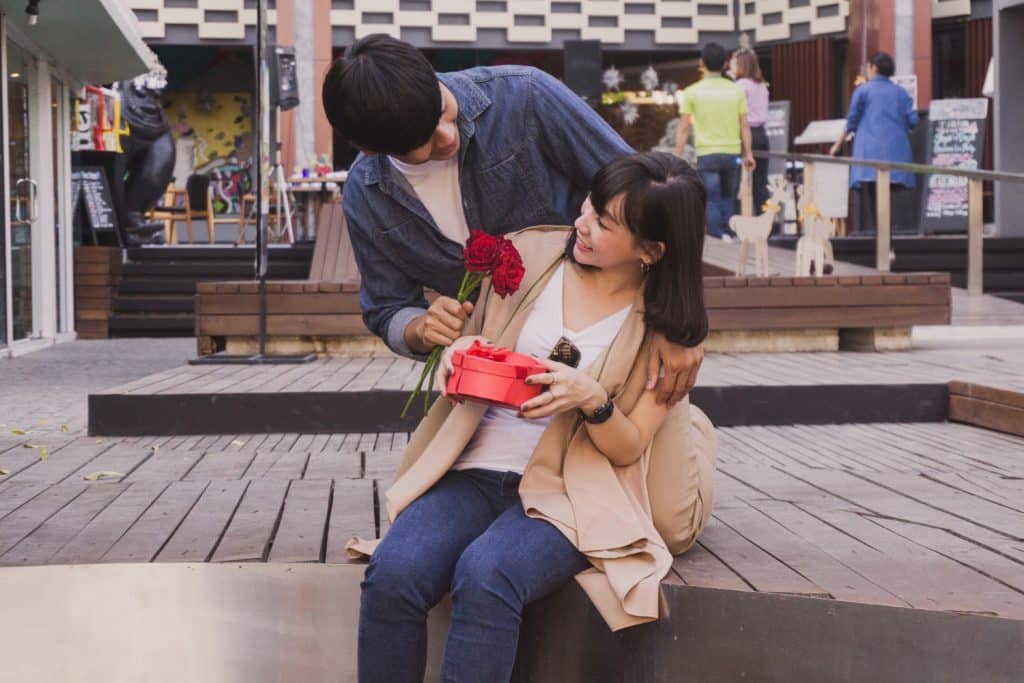
4. High Production Values & Visual Aesthetics
Another key reason why K-Dramas are so addictive is their high production quality and refined visual aesthetic. Unlike many network television shows elsewhere, K-Dramas often look and feel like mini-movies. From the first episode, it’s clear that everything—from lighting and camera angles to wardrobe and set design—has been meticulously planned to support the mood and narrative.
Scenes are often shot in vibrant cityscapes, tranquil countryside settings, or luxuriously designed interiors that reflect the emotional atmosphere of the moment. Rain doesn’t just fall—it cascades through a soft focus lens as characters confront their feelings. A rooftop view at sunset becomes more than a backdrop; it’s an emotional frame for a life-changing decision. Even everyday locations like cafés, school hallways, or convenience stores are stylized to feel intimate and cinematic.
Costuming and styling also play major roles. Characters are often dressed in ways that reflect their evolving emotional states—subtle shifts in color palettes, hairstyles, or accessories give clues to their inner journey. Combined with expressive sound design and evocative soundtracks, the overall aesthetic pulls the viewer deeper into the world of the story.
This cinematic immersion allows K-Dramas to function as both visual art and emotional experience. Viewers aren’t just watching a story unfold—they’re stepping inside a carefully curated emotional universe, one that lingers long after the episode ends.
| K-Drama | Visual Style | Unique Aesthetic Features |
|---|---|---|
| Goblin (Guardian: The Lonely and Great God) | Cinematic & Romantic | Golden lighting, slow-motion sequences, poetic snowy backdrops |
| Hotel Del Luna | Fantasy Gothic Glamour | Lavish sets, antique décor, elegant costumes, dreamlike nightscapes |
| It’s Okay to Not Be Okay | Whimsical & Symbolic | Fairy-tale visuals, stylized fashion, surreal editing, symbolic animation |
| Crash Landing on You | Romantic & Panoramic | Cinematic landscapes (Switzerland, North Korea), warm color tones, elegant close-ups |
| Mr. Sunshine | Period Drama Elegance | Historical costumes, soft lighting, refined cinematography, rich atmosphere |
| Twenty-Five Twenty-One | Youthful & Nostalgic | Soft vintage tones, retro fashion, symbolic framing of youthful emotions |
| Extraordinary Attorney Woo | Clean & Thoughtful | Minimalist design, soft palettes, whale symbolism, nature integration |
5. Cultural Layers and Universal Themes
Another compelling reason why K-Dramas are addictive is their seamless integration of cultural depth with universal storytelling. Viewers aren’t just watching a drama unfold—they’re stepping into a vibrant cultural world. Korean dramas provide a window into everyday life in South Korea, offering insight into social customs, language nuances, hierarchical relationships, and time-honored traditions. From scenes of families sitting cross-legged around a floor table to the ritual of removing shoes before entering a home, K-Dramas immerse audiences in cultural details that are both enlightening and emotionally grounding.
A recurring foundation in many series is the influence of Confucian values, which emphasize filial piety, respect for elders, duty, and social harmony. These principles are often at the heart of character conflicts, especially in dramas exploring parent-child relationships, generational divides, or workplace dynamics. Shows like Sky Castle and Reply 1988 powerfully depict the pressures of academic achievement and social expectation, themes deeply rooted in Korean culture but relatable to anyone who has struggled with family or societal pressure.
Food, too, becomes a cultural language in K-Dramas. Whether it’s the symbolic offering of kimchi at the dinner table or the significance of a shared bowl of ramen during a late-night confession, food rituals bring characters together and serve as moments of emotional connection. Holiday celebrations like Chuseok (Korean Thanksgiving) and Seollal (Lunar New Year) are also woven into storylines, reflecting real-life traditions and enhancing authenticity for viewers unfamiliar with them.
Yet, what truly makes K-Dramas globally addictive is how these deeply cultural elements are paired with universal themes—love and heartbreak, ambition and failure, personal growth, identity, justice, and forgiveness. These emotional currents resonate regardless of language or nationality. A drama like It’s Okay to Not Be Okay tackles mental health, trauma, and healing through a distinctly Korean lens, but its message of emotional vulnerability and human connection speaks to a worldwide audience.
This perfect balance between the culturally specific and the universally human is what gives K-Dramas their powerful cross-cultural appeal. They invite viewers to learn, empathize, and reflect—not only on the lives of the characters, but often on their own. That emotional and cultural richness is what transforms casual viewers into lifelong fans.
6. Soundtracks That Hit You in the Feels
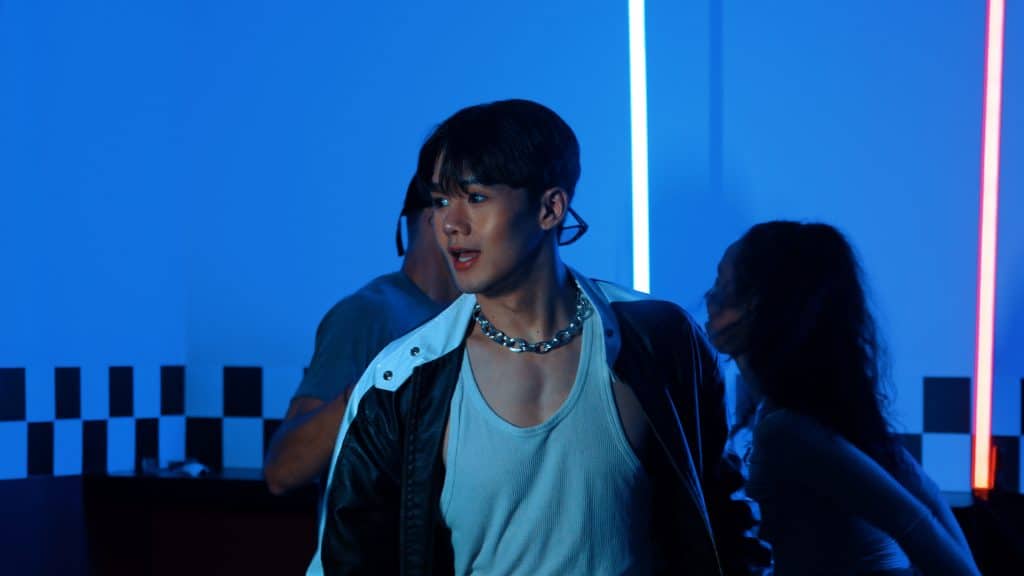
One of the most unforgettable elements of K-Dramas—and a major reason why they are so emotionally addictive—is their use of original soundtracks (OSTs). Music in K-Dramas does more than set the mood; it becomes an emotional thread woven through the narrative, reinforcing key moments and forming lasting associations with specific characters and scenes.
Each OST is carefully selected or composed to reflect the drama’s tone—whether it’s heartbreak, hope, longing, or triumph. These songs often return throughout the series at pivotal emotional points, creating what many fans call a “musical memory loop.” The effect is powerful: even months or years after watching, hearing that one song again can instantly trigger the feelings and scenes associated with it.
Some K-Drama soundtracks have become cultural phenomena in their own right. “Stay With Me” by Chanyeol and Punch from Goblin became globally iconic, instantly evoking the unforgettable slow-motion walk of Goblin and Grim Reaper. “Sweet Night” by V from Itaewon Class broke OST records and added emotional resonance with its soulful English lyrics.
Meanwhile, “My Destiny” by Lyn from My Love From the Star became an anthem of longing and cosmic love, while upbeat tracks like “Start Over” by Gaho and “Love So Fine” by Cha Eun-woo gained traction on TikTok and YouTube.
These soundtracks aren’t just background music—they are part of the narrative language. The strategic use of music turns viewers into listeners long after the story ends, keeping the emotions alive and making the K-Drama experience truly unforgettable.
7. Tight Episode Structure and Strong Cliffhangers
One of the reasons why K-Dramas are so addictive lies in their structured format. Unlike Western shows that often run for 20+ episodes or multiple seasons, most K-Dramas are limited series, typically spanning 12 to 16 episodes. This concise format creates a focused narrative arc with a clear beginning, middle, and end—making the story more cohesive and binge-worthy.
Each episode is carefully crafted to balance character development, emotional buildup, and plot advancement. What really hooks the audience, however, is the strategic use of strong cliffhangers. Whether it’s a sudden plot twist, an unexpected confession of love, a shocking betrayal, or a character in danger, the final moments of each episode are designed to trigger suspense and emotional urgency.
This narrative technique fuels the “just one more episode” mentality. Viewers find themselves emotionally invested and curious about what comes next, often watching multiple episodes in one sitting. Combined with fast-paced streaming accessibility, this tight structure contributes significantly to the global binge-watching phenomenon of K-Dramas.
8. Community and Global Fandom

The K-Drama experience doesn’t end with the screen—it continues in thriving online and offline communities. Fans engage with one another across platforms like Twitter (X), Reddit, YouTube reaction channels, and even within streaming services like Viki, where timed comments allow viewers to respond to specific scenes in real time. These platforms become digital gathering spaces for viewers to analyze, celebrate, and sometimes lovingly roast their favorite shows.
What sets K-Drama fandom apart is its highly interactive and creative community culture. Fans create memes, fan art, video edits, and GIFs that go viral, extending the life of a show long after its finale. Entire subreddits and forums are dedicated to deep-dive discussions, theory crafting, and character analysis. On TikTok, clips from iconic scenes—romantic kisses, dramatic slaps, emotional confessions—circulate globally, helping introduce the genre to new audiences.
In addition to online engagement, fans organize watch parties, virtual meetups, and even real-world conventions where actors, directors, and K-Drama influencers appear. This shared excitement builds a strong sense of community and emotional belonging. For many viewers, being part of the global K-Drama fandom enhances their emotional connection to the story and fosters friendships with people from different cultures and backgrounds.
It’s this sense of collective experience—laughing, crying, swooning, and theorizing together—that transforms K-Dramas from simple entertainment into a global cultural movement.
Conclusion: The Emotional Science Behind the Obsession
At the heart of the phenomenon is a storytelling style that combines emotional sincerity, cultural texture, visual beauty, and character-driven plots. That’s why K-Dramas are addictive—they provide not just entertainment but an emotional escape. They give us a window into the human experience through a uniquely Korean lens while reminding us of universal truths we all feel.
Whether you’re watching for the swoon-worthy leads, the heartfelt drama, or the beautifully filmed scenes, one thing’s for sure: once you start, it’s hard to stop. And maybe that’s the secret magic of K-Dramas.

Join the Conversation
What’s your favorite K-Drama and why did it hook you? Do you think the emotional depth and storytelling style of K-Dramas are what make them so addictive? We’d love to hear your thoughts!
Leave a comment below and let’s talk K-Dramas—or share this post with a fellow fan who just can’t stop binge-watching.
👉 Don’t forget to CHECK BACK to our blog for more deep dives into Asian drama culture, storytelling, and pop media.


